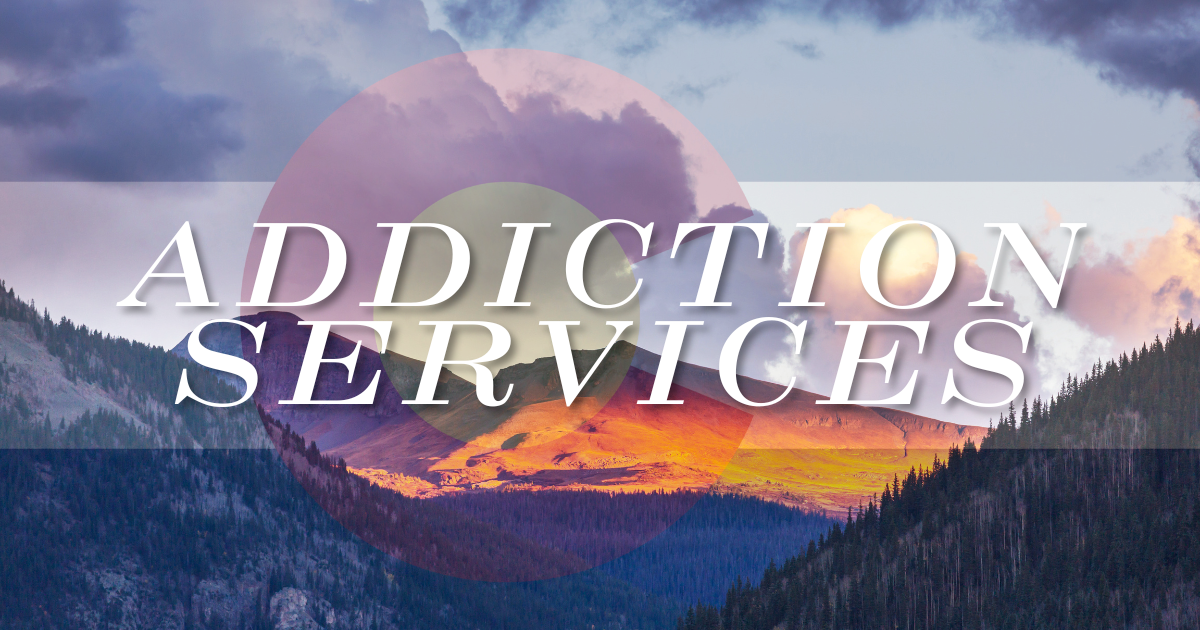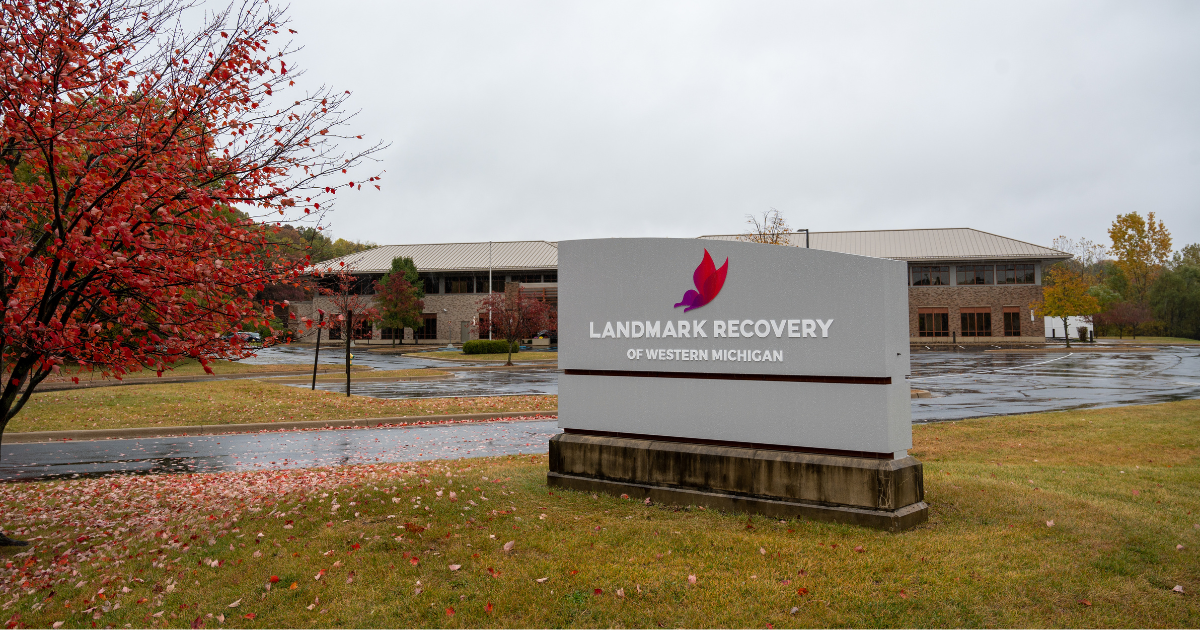In 2007, it was estimated that the societal cost of drug abuse was $193 billion, $113 billion of which came from drug-related crime and criminal justice costs. Meanwhile, the National Drug Intelligence Center estimates that treating drug abuse costed less than $15 billion, 13.2 percent of the drug-related crime costs. Not only is treatment cost efficient, it is also much more effective in getting someone sober than simply throwing them behind prison bars. Drug abuse treatment can be a cost-effective and impactful solution for how to attack the drug issue that is currently killing more than 70,000 people annually and putting hundreds of thousands more in prison cells.
The Problem and How Drug Rehabs Near You Can Help
Substance Use Disorder Treatment and Prison
According to the U.S. Department of Justice, drug law violations are the most common type of criminal offense for the nearly 7 million incarcerated people in the country. And in a survey of federal and state prisoners, the Justice Department estimated that about half of the prisoners met the criteria for drug abuse and dependence.
The juvenile justice system struggles with similar issues. In 2008, approximately 10 percent of the estimated 2.1 million juvenile arrests were for drug abuse or underage drinking and as many as two thirds of all detained juveniles may have a substance use disorder.
Obviously, there is a problem with substance abuse for prisoners in the justice system. But do prisoners who go through the justice system turn out better or more reformed after their sentence? Is their drug abuse problem fixed after their punishment?
The short answer is no.
Many of the people in the U.S. prison system do not seek or receive treatment for their drug or alcohol abuse disorders. A study by the National Institute on Drug Abuse looked at the effects that focused on treatment for prisoners or individuals struggling with a substance abuse disorder could have. The report found that, despite the fact that so many individuals in the prison system deal with substance abuse problems, fewer than 20 percent of them receive treatment for their issue.
Neglecting treating an abuse problem will lead to someone returning to substances following their release from prison.
“Untreated substance abusing offenders are more likely than treated offenders to relapse to drug abuse and return to criminal behavior. This can lead to re-arrest and re-incarceration, jeopardizing public health and public safety and taxing criminal justice system resources. Treatment is the most effective course for interrupting the drug abuse/criminal justice cycle for offenders with drug abuse problems,” the NIDA report said.
Problems with Forced Abstinence
It is easy for “reformed” former convicts to fall back into a life of drug or alcohol abuse due to many social, environmental, psychological and biological factors and influences. Criminals being forced to stop using drugs while incarcerated is not enough to make them stop using completely.
“Forced abstinence (when it occurs) is not treatment, and it does not cure addiction. Abstinent individuals must still learn how to avoid relapse, including those who may have been abstinent for a long period of time while incarcerated.”
Treatment Options for Substance Use Disorder for Criminals
Offering treatment and providing education to drug abusing offenders and others who are incarcerated who suffer from substance abuse issues can cause actual change. The NIDA report suggests that if criminal justice personnel work with in coordination with treatment providers, it could have a serious, lasting impact on the criminal drug problem in the country.
Treatment providers can help plan the recovery process for criminals based on the individual needs and personal problems that each substance abuser faces. For example, incarcerated women are significantly more likely than incarcerated men to have substance abuse histories. And while treatment programs that serve both men and women can be useful, gender specific programs may be more effective. Likewise, for juvenile detainees, families can play a large role in the recovery process. Therefore, offering specialized care such as family interventions family therapy for juveniles could help strengthen family bonds and decrease substance abuse and negative behavior.
For criminals with an drug dependence problems, psychiatric treatment or cognitive behavioral therapy and changing “criminal thinking” could influence the mindset that lead some people to abusing drugs or alcohol.
While not everyone with a history of drug use needs treatment, offering less intensive interventions such as education on addiction and self-help group participation are some preemptive measures that can be used to prevent future substance abuse disorders in those individuals.
“Drug abuse treatment is also effective for offenders who have a history of serious and violent crime, particularly if they receive intensive, targeted services. The economic benefits in avoided crime costs and those of crime victims (e.g., medical costs, lost earnings, and loss in quality of life) may be substantial for these high-risk offenders.”
Public Health Benefits
Besides the obvious health benefits that occur on an individual basis for those who get sober, there are a number of public health problems that can be addressed, especially among those who go through the criminal justice system. Most notably, HIV and AIDS affect those who are involved in the criminal justice system disproportionately compared to the general population. In fact, a study published in 2009 found that 14 percent of individuals with HIV pass through the criminal justice system each year. Other prevalent infectious disease that affect this population disproportionately are hepatitis B, hepatitis C, and tuberculosis.
The research study from 2010 found that drug treatment could help curb the spread of infectious diseases like HIV.
“Clearly, programs play a critical role in controlling the spread of HIV and improving its treatment in many communities around the world. Still, the great majority of drug users do not have access to effective substance abuse treatments–even in countries considered to be more highly developed,” the study said.
So, going through a drug treatment program would not only improve the health outcomes of an individual, but could also play a role in the spread of HIV and other diseases. Even for people who do not need to go through the recovery process but are still affected by some form of disease, doing simple things like helping an infected inmate complete their paperwork required to get the prescriptions they need upon release would, according to NIDA, reduce the risk of treatment interruption.
“Community health, drug treatment, and criminal justice agencies should work together to offer education, screening, counseling, prevention, and treatment programs for HIV/AIDS, hepatitis, and other infectious diseases to offenders returning to the community,” the NIDA report said.
Legally Mandated Recovery
Legally mandated treatment is also an option for criminals convicted of drug crimes. The NIDA report indicates that outcomes of those who are legally pressured to enter treatment are as good or sometimes better than outcomes for those who entered treatment without legal pressure. Also, individuals under legal pressure generally have higher attendance rates and will remain in treatment for longer periods which will have a positive influence on the outcome of the treatment.
Another option would be to provide an incentive-based treatment process that could potentially influence positive behavior. Recognizing and rewarding progress toward the goal could help lead people to a more responsible, sober lifestyle. Small sources of acknowledgement such as a congratulatory letter from a parole officer or small material incentives like a partial payment for professional clothing could go a long way for a substance user struggling with the recovery process.
“Often, the criminal justice system can apply legal pressure to encourage offenders to participate in drug abuse treatment; or treatment can be mandated through a drug court or as a condition of pretrial release, probation, or parole. A large percentage of those admitted to drug abuse treatment cite legal pressure as an important reason for seeking treatment.”
Relapse Risks
The purpose of drug treatment and education is not only to get the individual sober but keep them sober, educate them on the pressures they will face in regards to relapse and prepare them for how to handle those pressures. Often drug abusing offenders have many problems that can increase their risk of relapse including family difficulties, mental health problems, social issues and others. Treatment providers need to take this problems into account because, if left unaddressed, it will increase the chance of relapse and criminal recidivism.
“A coordinated approach by treatment and criminal justice staff provides the best way to detect and intervene with [relapse influences] and other threats to recovery. In any case, treatment is needed to provide the skills necessary to avoid or cope with situations that could lead to relapse.”
Treatment Length
Because treatment is based on individualized needs, it is hard to say how long the recovery process should last. However, better outcomes are seen when treatment lasts longer than 90 days. Those who fully complete treatment achieve the highest reductions in drug abuse and criminal behavior. Legal pressures can be provided to pressure individuals to complete treatment and improve recovery rates.
“Because addiction is a chronic disease, drug relapse and return to treatment are common features of recovery. Thus, treatment may need to extend over a long period across multiple episodes of care.”
Economic Impact
As mentioned before, the cost that drug-related crime has on the United States economy is almost $200 billion. The National Drug Intelligence Center report compares this cost to the costs of other health problems and puts the number on par with serious chronic health issues such as diabetes, smoking, and obesity which cost $174 billion, $157 billion and $147 billion, respectively. Meanwhile, the costs of treating those criminals rather than using a prison cell for rehabilitation would cost only $14.6 billion. The NIDA report also notes that residential prison treatment would be more cost effective than attending treatment following release.
“The largest economic benefit of treatment is seen in avoided costs of crime (incarceration and victimization costs). Providing methadone treatment to opioid-addicted prisoners prior to their release, for example, not only helps to reduce drug use but also avoids the much higher imprisonment costs for drug-related crime…Even greater economic benefits result from treating offenders with co-occurring mental health problems and substance use disorders,” the NIDA report says.
Addressing Mental Health Disorders
Mental health issues is a factor that may be the root cause for substance abuse among some. Therefore, addressing mental issues during recovery can lead to an even more effective treatment process. Using medication or cognitive behavioral therapy or some combination of the two can be effective for treating some mental disorders such as depression, anxiety, bipolar disorders or schizophrenia.
“Many types of co-occurring mental health problems can be successfully addressed in standard drug abuse treatment programs.”
Overall, the drug and alcohol abuse is a common problem among those in the criminal justice system. However, not enough is being done currently to address these problems and prepare those convicted for release. In order to address the issues, and reduce the drug crime recidivism rate, coordination between treatment centers and criminal justice personnel could be crucial in curbing the drug problem in the country. Not only would it help on an individual basis, it is also a more cost effective solution and one that would have many public health benefits.
Next Steps
Landmark Recovery is dedicated to helping you or your loved one as they begin or continue the journey to sobriety. Our team of professionals has the resources and tools necessary to help usher you into the next chapter of your life and put you on a path to greater health and well-being. Visit our website to learn more about our inpatient drug rehab and inpatient alcohol rehab facilities.

Choose Recovery Over Addiction
We're here 24/7 to help you get the care you need to live life on your terms, without drugs or alcohol. Talk to our recovery specialists today and learn about our integrated treatment programs.




